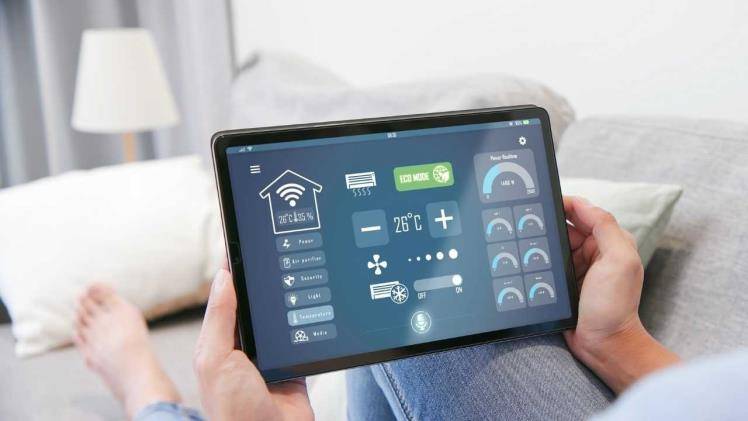
The manufacture of a wide variety of items depends upon the presence of temperature and humidity sensors and hygrometers like https://testo.nz/collections/temperature-humidity deployed in commercial settings. The reporting capabilities of these sensors, as well as their general effectiveness, have seen substantial improvements as a direct result of recent technological developments.
Businesses can maintain the structural integrity of their buildings by installing temperature and humidity sensors. These sensors inform personnel when conditions pose a hazard to their safety and enable the preservation of the buildings themselves. Many sensors come equipped with alerts that can be deactivated from a remote location and are utilized to inform authorities of potentially hazardous circumstances. The ability of these sensors to detect environmental changes, such as variations in temperature, humidity, and ventilation, contributes to an increase in working productivity and safety. There are a variety of benefits that come along with the utilization of a temperature and humidity sensor in commercial and manufacturing settings;
Durable products
The computer business, the culinary industry, the pharmaceutical industry, and the automobile sector are some of the industries that make use of temperature and humidity sensors. These sensors enable businesses to keep temperatures and humidity levels at normal levels, which in turn improves product quality and increases the amount of time expensive machinery can remain in service. It is possible to lower the costs of heating and cooling a building by using sensors to monitor temperature and humidity levels.
Quality products
To monitor the conditions in the factory effectively, it is helpful to have sensors that measure both the temperature and the humidity. Businesses can provide assurances on the quality of their wares by ensuring that the above-mentioned criteria are strictly adhered to. Organizations can improve their decision-making throughout the manufacturing process by understanding how environmental factors, such as temperature and humidity, affect product quality. Examples of such conditions are temperature and humidity.
Preservation
It is necessary to take a reading of the relative humidity and note it to maintain the item’s integrity. Rust and condensation are both side effects of being in situations that are too humid. Corrosion is a condition that can lead to a wide variety of issues, some of which include damage to the environment, electrical malfunctions, and other concerns. Low humidity can also generate electrostatic charge and static electricity, which are detrimental to electronic equipment and can cause it to malfunction.
Prevention against Mold
If it is allowed to develop unchecked, mold can wreak havoc not only on food but also on people’s health. Mold can be eliminated by bringing the relative humidity down tolerable. Following the mold removal, the area must be completely dried off. To stop mold from developing in your place of business, the relative humidity level should be kept between 30 and 60 percent all the time.
Processes
The amount of humidity that exists in the air has an influence not only on the air itself but also on everything that is contained within it. The procedures of manufacturing, storing, and testing can all be affected by the humidity levels that are present. There is a possibility that the storage location has a very high degree of humidity. Patients can be put in danger if the relative humidity levels in the storage area of medical equipment are allowed to rise above this threshold.




